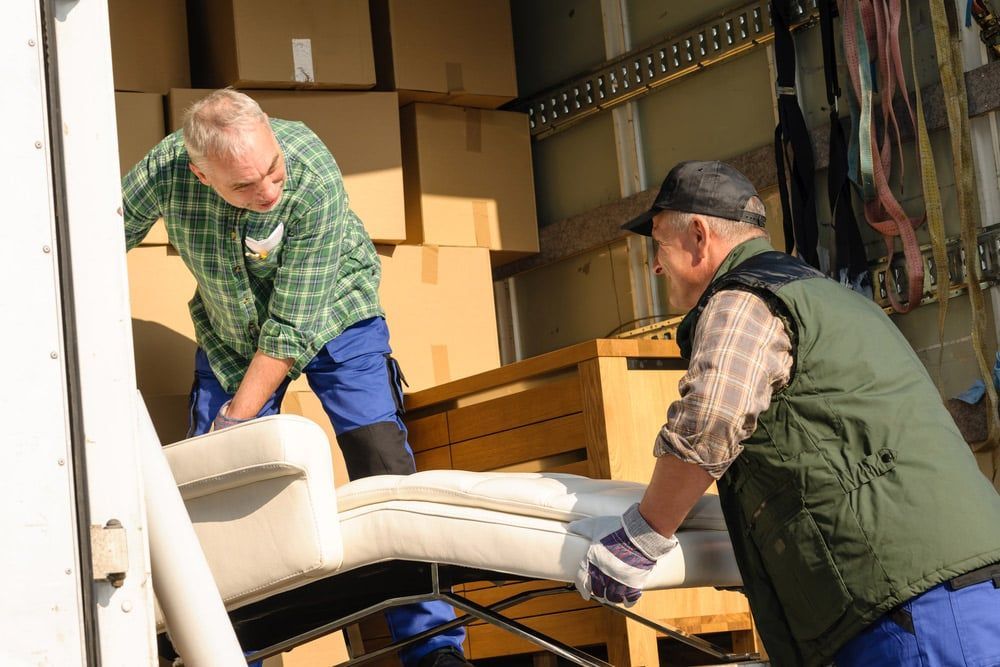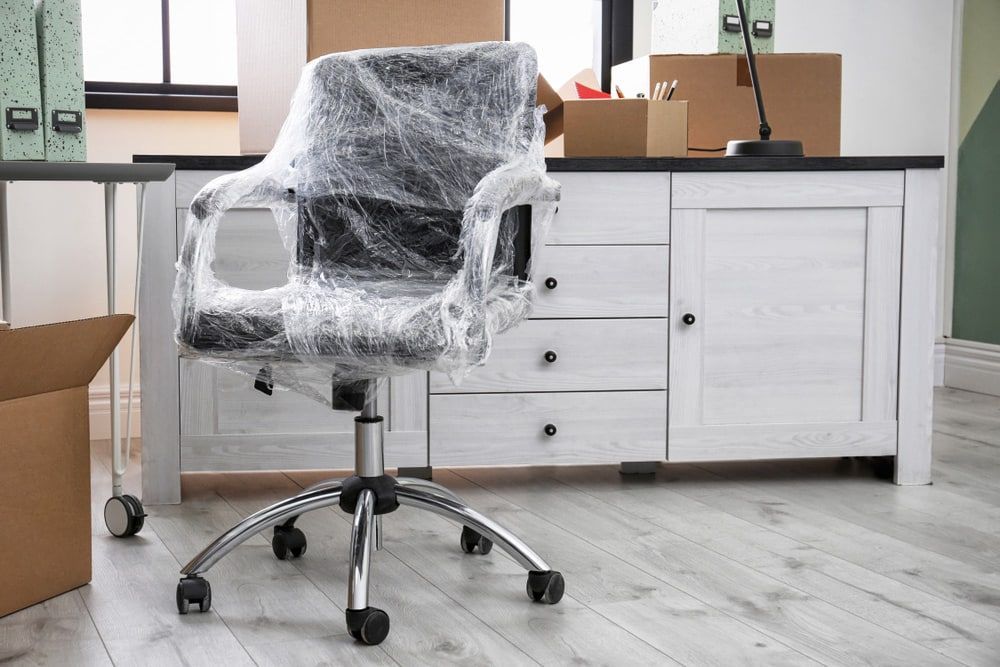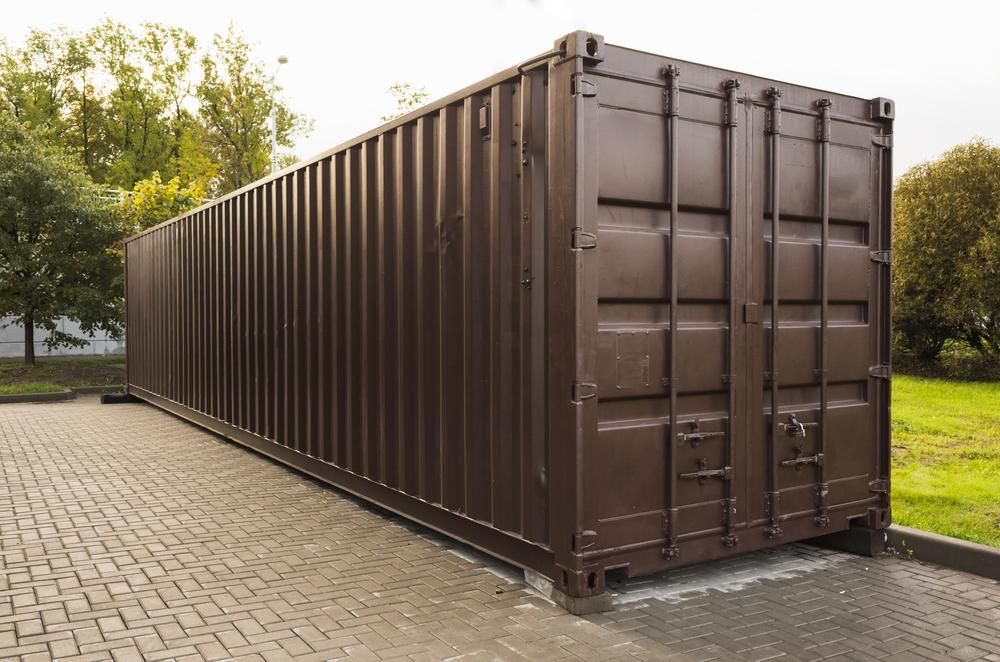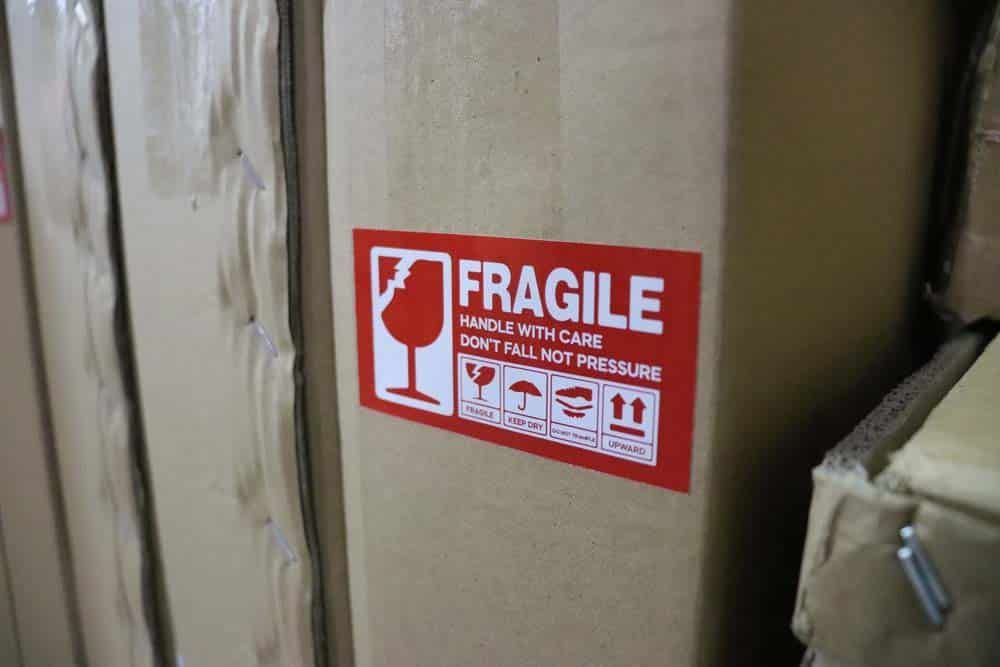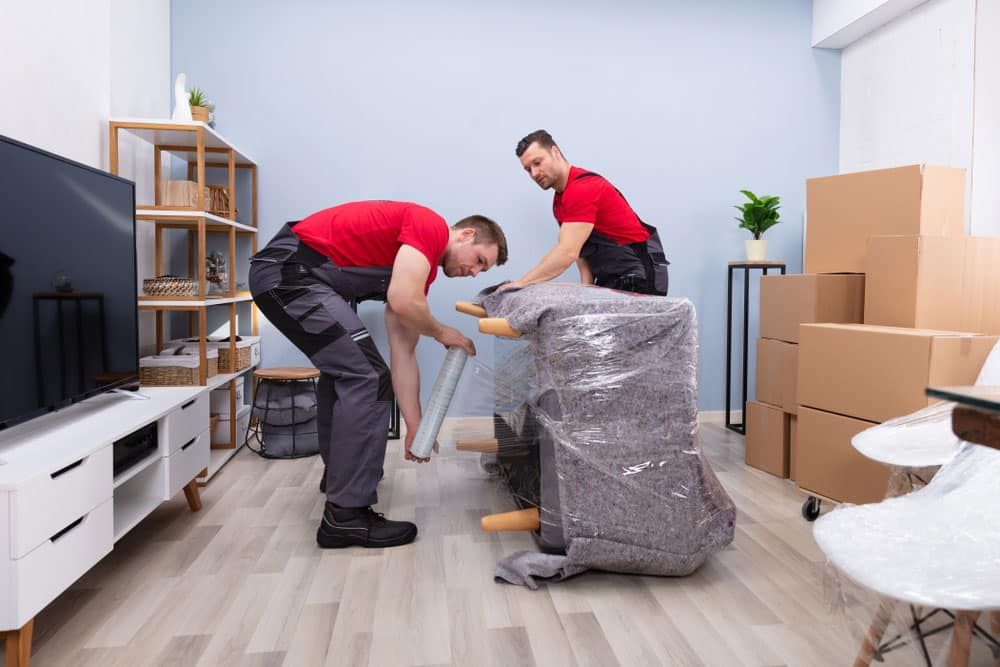Moving Antiques and Fine Arts: Useful Tips
Your collection of antiques and fine art must be one of your most prized possessions. Collecting these pieces doesn’t only mean spending a lot of money, but acquiring them also takes a lot of your effort and time. Antiques and fine art pieces are very delicate because they take years to be formed and, more often than not, they are produced in very limited numbers, if more than one is produced, with some being lost in time, making the pieces we have today very rare.
There is no wonder then that you are overwhelmed with ideas and questions as to how you should move these prized possessions of yours. You may be overwhelmed with the daunting challenge of getting these rare and fragile items from one place to another safely. Moving antiques and fine art pieces are different from packing and moving your regular things.
They are not supposed to be put in boxes carelessly as they require more care when being packed. Some require additional safety steps to ensure that they are free from any damage. Some need to be delicately secured as the smallest scratches can ruin them completely. They generally need more attention as the smallest mistakes can lead to disastrous consequences.
Moving Antiques and Fine Arts: Care for your valuable possessions
- For smaller items, figurines, small paintings, porcelains, or an old radio passed on to you by your grandmother, you can individually wrap them with old newspapers or with sheets of any paper you can find at home. Just be sure that all surfaces are covered to prevent scratches or breakage. After covering them in paper, individually wrap them again in bubble wrap so they have a cushion in case of an impact against a hard surface. Secure the bubble wrap with tape so that it doesn’t fall off. After wrapping them, you can put them inside boxes, individually or preferably in small batches, where you can also layer a bubble wrap inside for an added cushion. If you have plastic tubs that are clean and rigid, you can opt to store the smaller antiques in there to ensure safety, like what Martha Stewart did when she moved from her old place to Brisbane.
- Smaller items, such as chinaware, can be tucked in in between softer items, like towels or clothes for example, to save space and ensure protection, says Charlie Ong, a start-up owner, who has recently moved in an apartment in Sydney. Just note that this may only suit instances where you have only a few fragile objects to move.
- For bigger items, large artworks and paintings, or an antique cabinet that you have been using for years, you can opt to do the same, but instead of wrapping them first in just plain paper, you should wrap them in foam padding first, making sure that all sides, corners and curves, if applicable, are covered, and then wrap them again in a layer or two of bubble wrap. After wrapping them, put them in individual boxes, which have already been cushioned with foam padding for an additional layer of protection.
- Every artwork and antique that you pack, make sure that you have labelled it accordingly; put an “X” or a “fragile” label on them so that you know which of your items requires most caution when being packed and moved away.
- Make sure that the edges of the artworks and antiques are protected well as they are the prone to breakage and scratches more. You can cut out pieces of cardboard, following their shape, and wrapping the edges with them for protection. Afterwards, wrap the edges again with bubble wrap or foam padding.
- If packing your antiques and fine arts is such a tedious task for you or you just want to make sure that they are packed in the most secure way possible, why not hire a moving company that has expertise on this? There are many moving companies who specialise in this service. You can ask your friends for recommendations or search the internet for contacts. Hiring a moving company is a safe and efficient way to make sure that your most prized possessions are packed and tucked away safely. One tip though according to an antique expert, you have to insure the items when in transit. By doing so, you are protecting your possessions from any possible damages and breakages along the way. You can consult with the moving company to see what they have in store to offer in terms of insuring your antiques and artworks.
No matter which option you choose whether to pack your antiques and artworks on your own or hire a moving company to do them for you, making sure that they are packed and moved safely is an utmost concern when moving. You can search the Internet for more tips or you can ask around for advises from people who already have an experience on this. By doing so, you are preserving the quality of your acquired artworks and antiques and you could still pass them on to the next generation.
By doing so, you are preserving the quality of your acquired artworks and antiques and you could still pass them on to the next generation.

